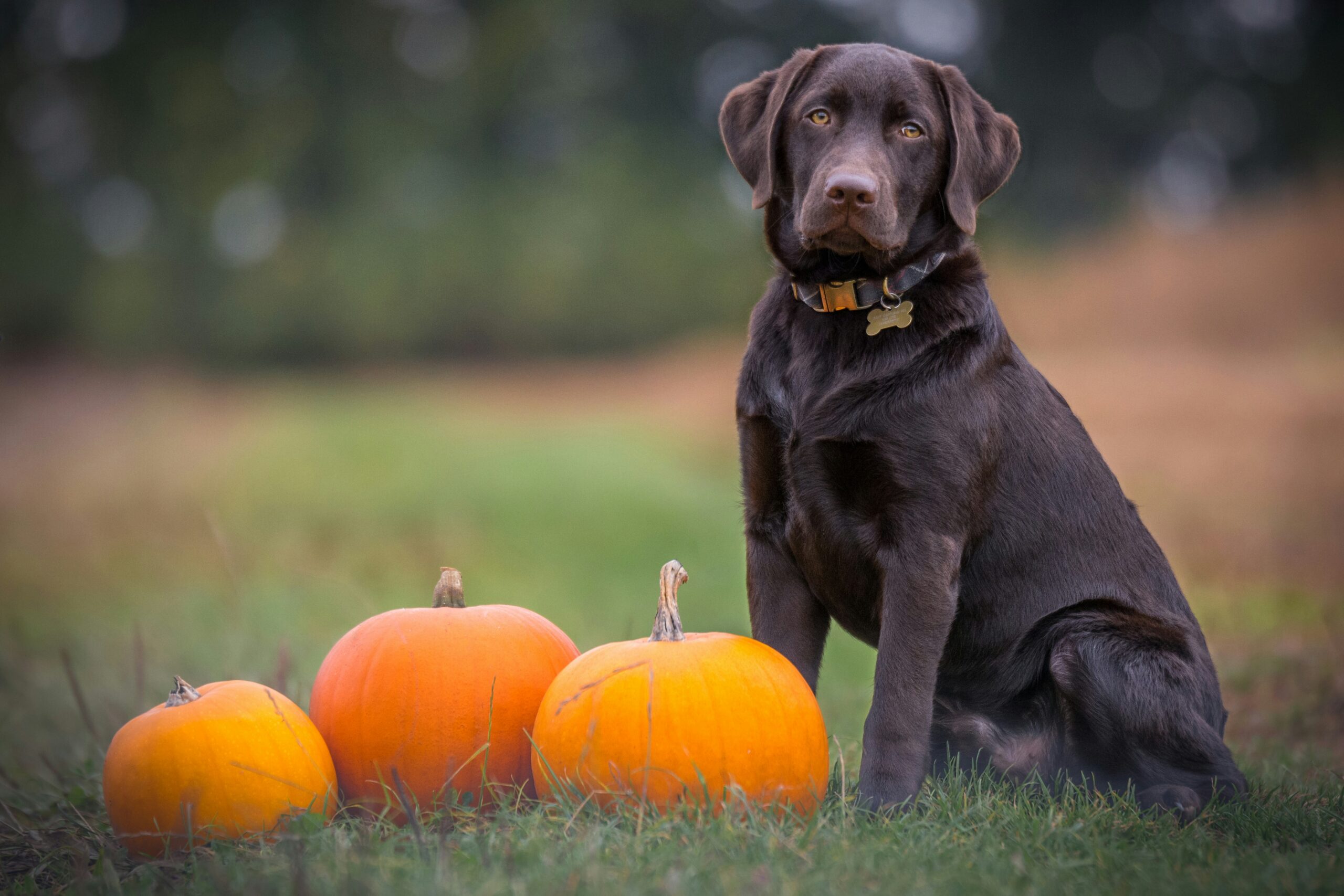The Evolution of Dog Breeds: From Ancient Companions to Modern Pets

Dogs have been our faithful companions for thousands of years, but their journey from ancient wild ancestors to the diverse breeds we know today is a fascinating tale of evolution, domestication, and selective breeding. In this blog, we’ll explore how dogs have evolved over the millennia, examining their origins, historical roles, and the factors that have shaped modern dog breeds.
Ancient Beginnings: The Origins of Domestic Dogs
1. The Wild Ancestors
The story of domestic dogs begins with their wild ancestors, the wolves. Genetic studies suggest that the domestication of dogs began between 20,000 and 40,000 years ago. Early humans likely formed a symbiotic relationship with wolves, who benefited from human waste while humans gained a vigilant guard against predators and a source of hunting assistance.
2. Early Domestication
The process of domestication gradually transformed wolves into dogs. Early humans selectively bred wolves that were less aggressive and more social, traits that made them better companions. Over generations, these wolves evolved into a distinct species with physical and behavioral traits suited for living alongside humans.
Ancient Breeds and Their Roles
1. Guardians and Hunters
In ancient civilizations, dogs were primarily valued for their functional roles. Ancient Egyptians, Greeks, and Romans bred dogs for specific purposes such as guarding homes and herding livestock. Breeds like the Egyptian Salukis and Roman Molossians were prized for their hunting and guarding abilities.
2. Royal and Religious Significance
Dogs also held significant status in various cultures. In Ancient Egypt, the Anubis figure, depicted as a dog-headed deity, symbolized protection and the afterlife. In ancient Greece, dogs like the Spartan Kynos were esteemed for their loyalty and courage.
The Middle Ages: Breeding and Specialization
1. The Rise of Breed Specialization
During the Middle Ages, selective breeding became more pronounced as different dog breeds were developed for specific tasks. The need for specialized dogs increased with the growth of feudal societies and expanding trade routes. Breeds like the Bloodhound, originally bred for tracking, and the Greyhound, known for its speed, were developed during this period.
2. Companion Dogs in Royal Courts
Royalty and nobility played a significant role in the evolution of companion breeds. In the Renaissance period, small toy breeds such as the Pomeranian and the Maltese were bred for their companionship and aesthetic appeal, often seen in the courts of Europe.
The Industrial Revolution: Modern Breeding Practices
1. Standardization and Kennel Clubs
The Industrial Revolution brought about significant changes in dog breeding. With increased urbanization and the rise of kennel clubs, there was a push for breed standardization. The first kennel club, The Kennel Club (UK), was founded in 1873, setting breed standards and organizing dog shows.
2. The Impact of Industrialization
Industrialization allowed for more refined and controlled breeding practices. This period saw the rise of many modern breeds as dogs were selectively bred for specific physical and behavioral traits. Breeds such as the Labrador Retriever and the Doberman Pinscher were developed during this time, showcasing the impact of systematic breeding.
Modern Times: Diversity and Popularity
1. A Growing Variety of Breeds
Today, the variety of dog breeds is unparalleled. The American Kennel Club (AKC) recognizes over 190 breeds, each with its unique characteristics and traits. Modern breeding focuses not only on functionality but also on aesthetics, companionship, and even health considerations.
2. The Role of Genetic Research
Advancements in genetic research have revolutionized our understanding of dog breeds. DNA testing has provided insights into the ancestry and health of dogs, helping breeders make informed decisions and promoting the health and welfare of the dogs. This scientific approach continues to shape the future of dog breeding.
The Future of Dog Breeds
1. Trends in Breeding
As we look to the future, several trends are likely to influence the evolution of dog breeds. There is an increasing emphasis on health and genetic diversity, with efforts to reduce hereditary diseases and promote overall well-being. Additionally, there is a growing interest in hybrid breeds, which combine traits from different purebred dogs to create new, unique characteristics.
2. The Role of Technology
Technology will play a significant role in shaping future dog breeds. Innovations in genetics, such as CRISPR and other gene-editing technologies, could potentially be used to eliminate genetic disorders and enhance desirable traits. However, these advancements also raise ethical considerations that will need to be addressed.
Conclusion
The evolution of dog breeds is a remarkable journey from ancient wild ancestors to the diverse array of pets we have today. Each breed carries with it a story of human influence, from early domestication to the sophisticated breeding practices of the modern era. As we continue to learn more about our canine companions and refine our breeding practices, the bond between humans and dogs will only grow stronger. Understanding this evolution helps us appreciate the rich history behind our furry friends and fosters a deeper connection with them.




